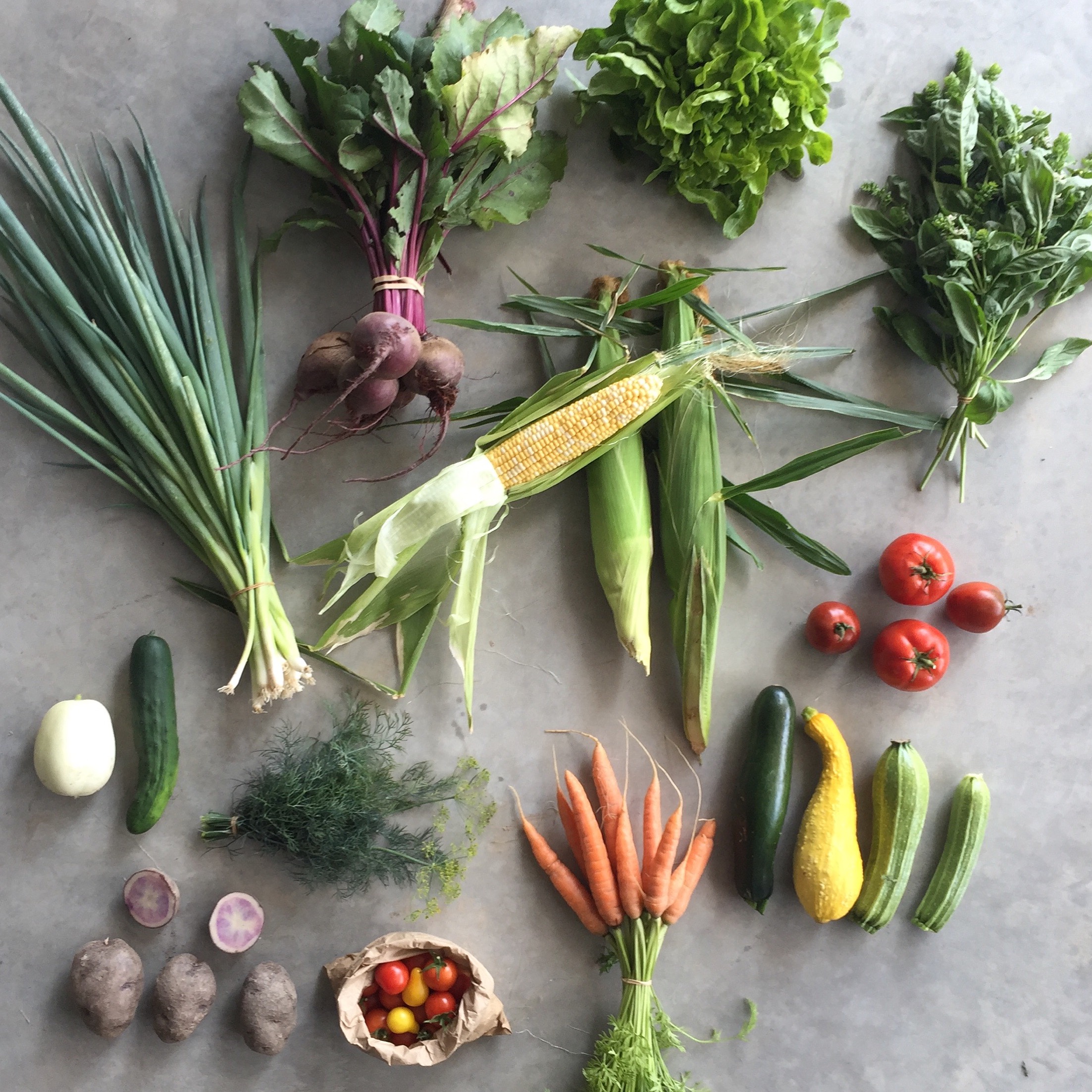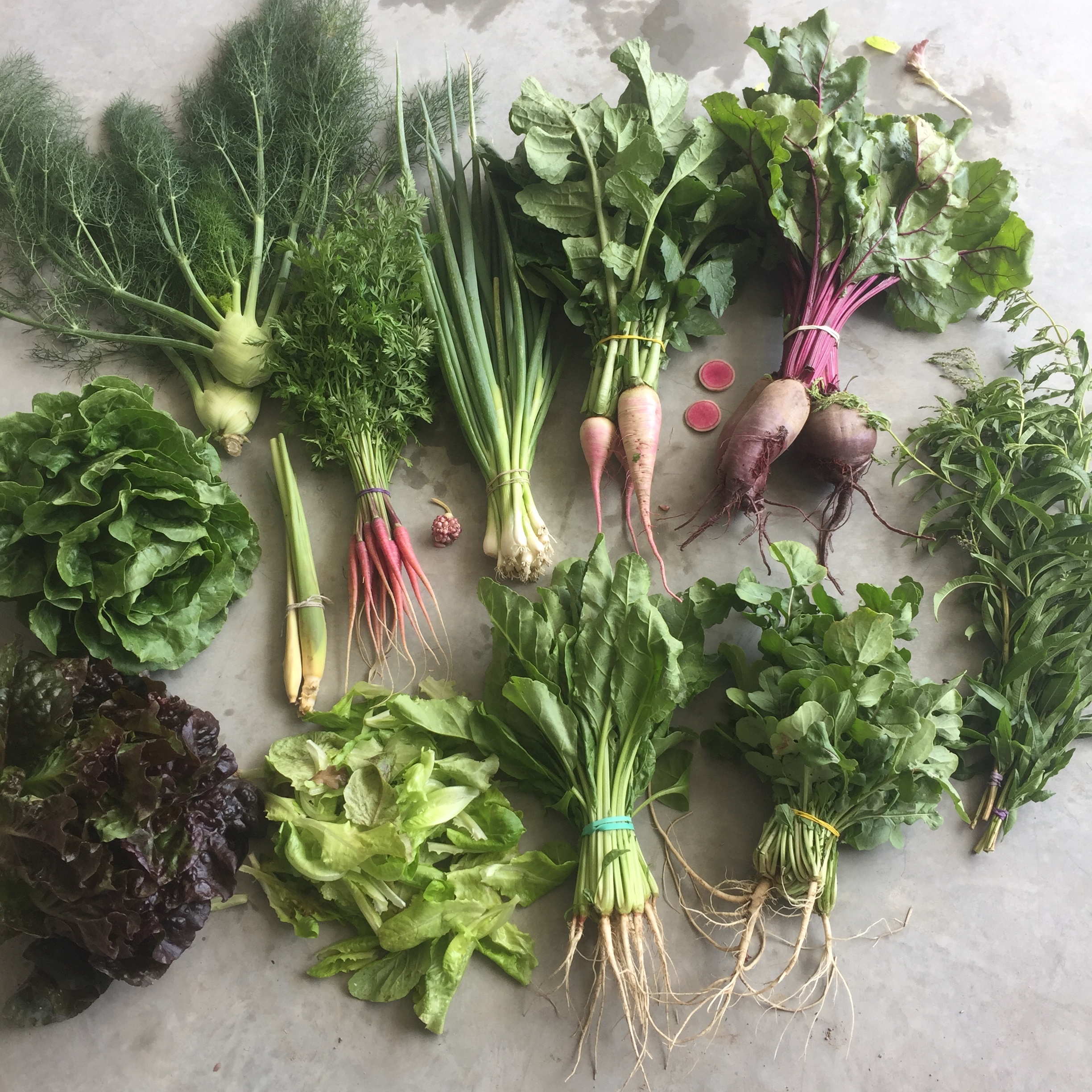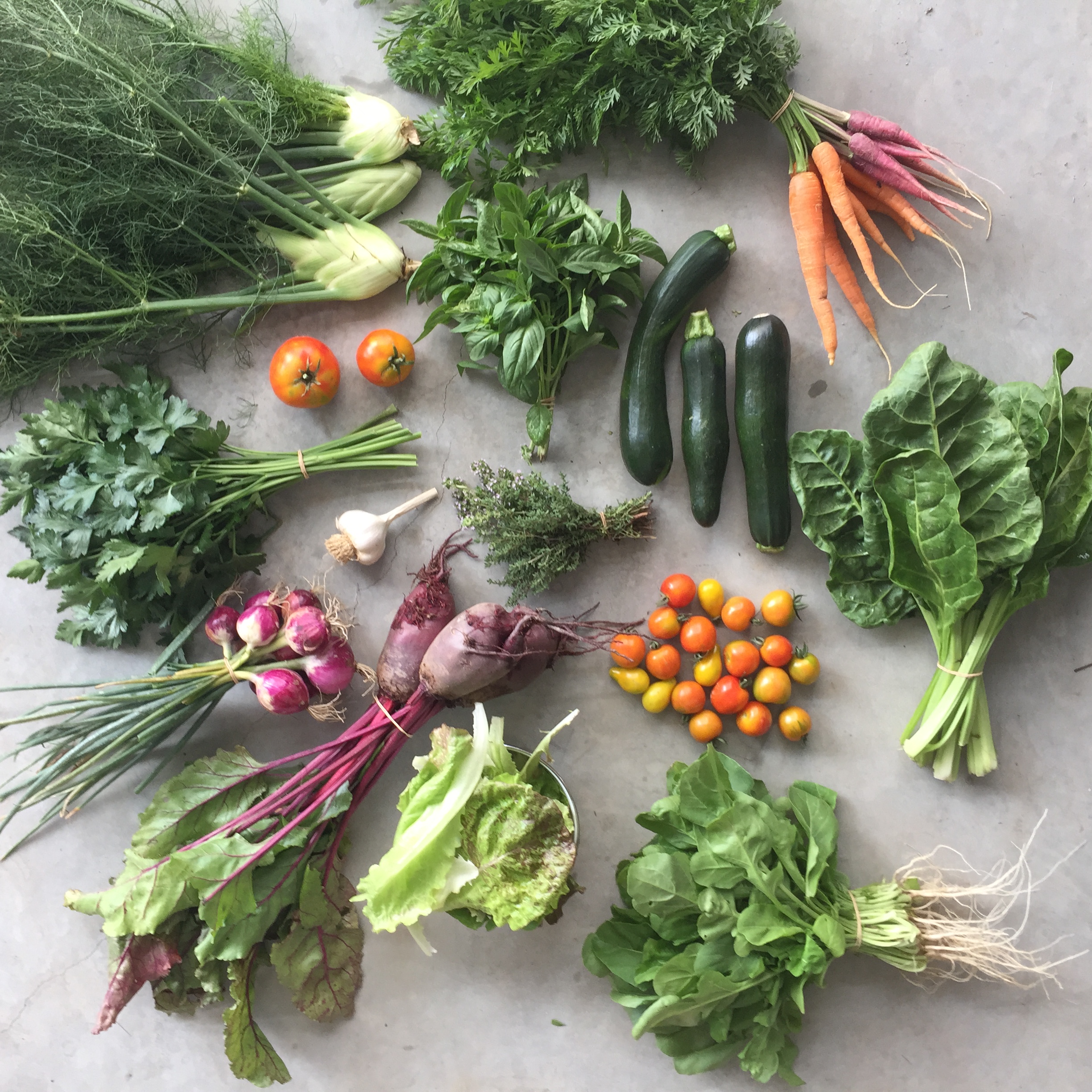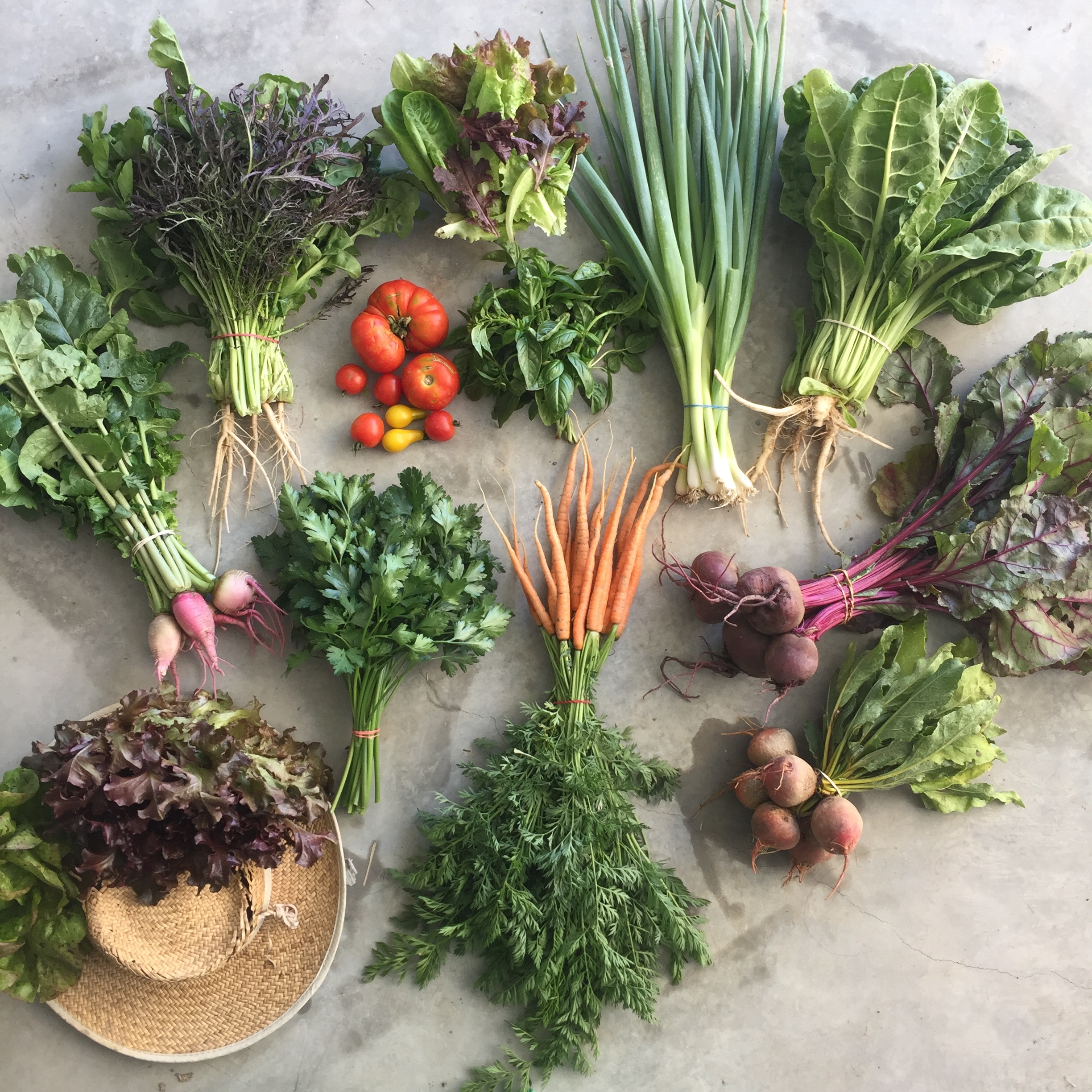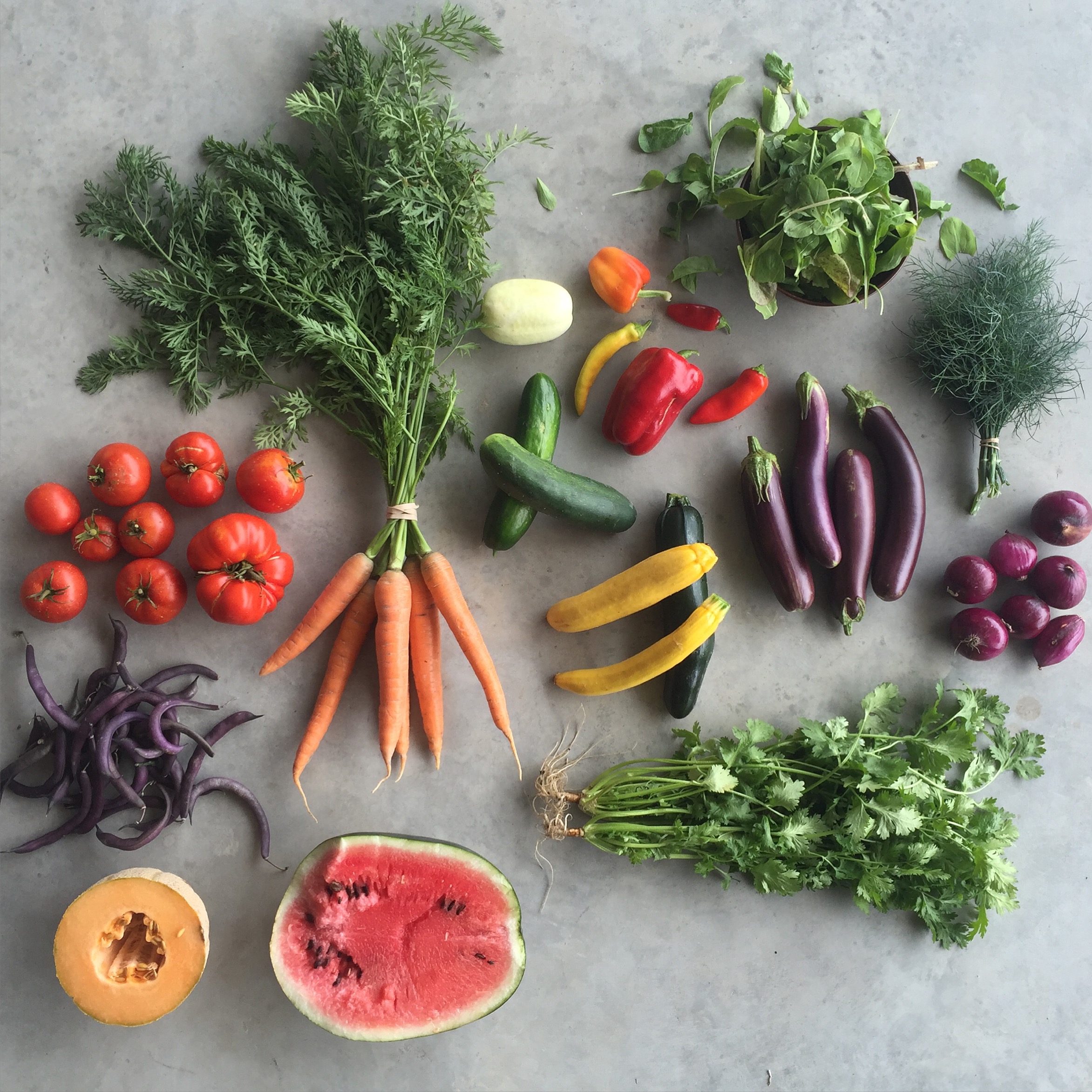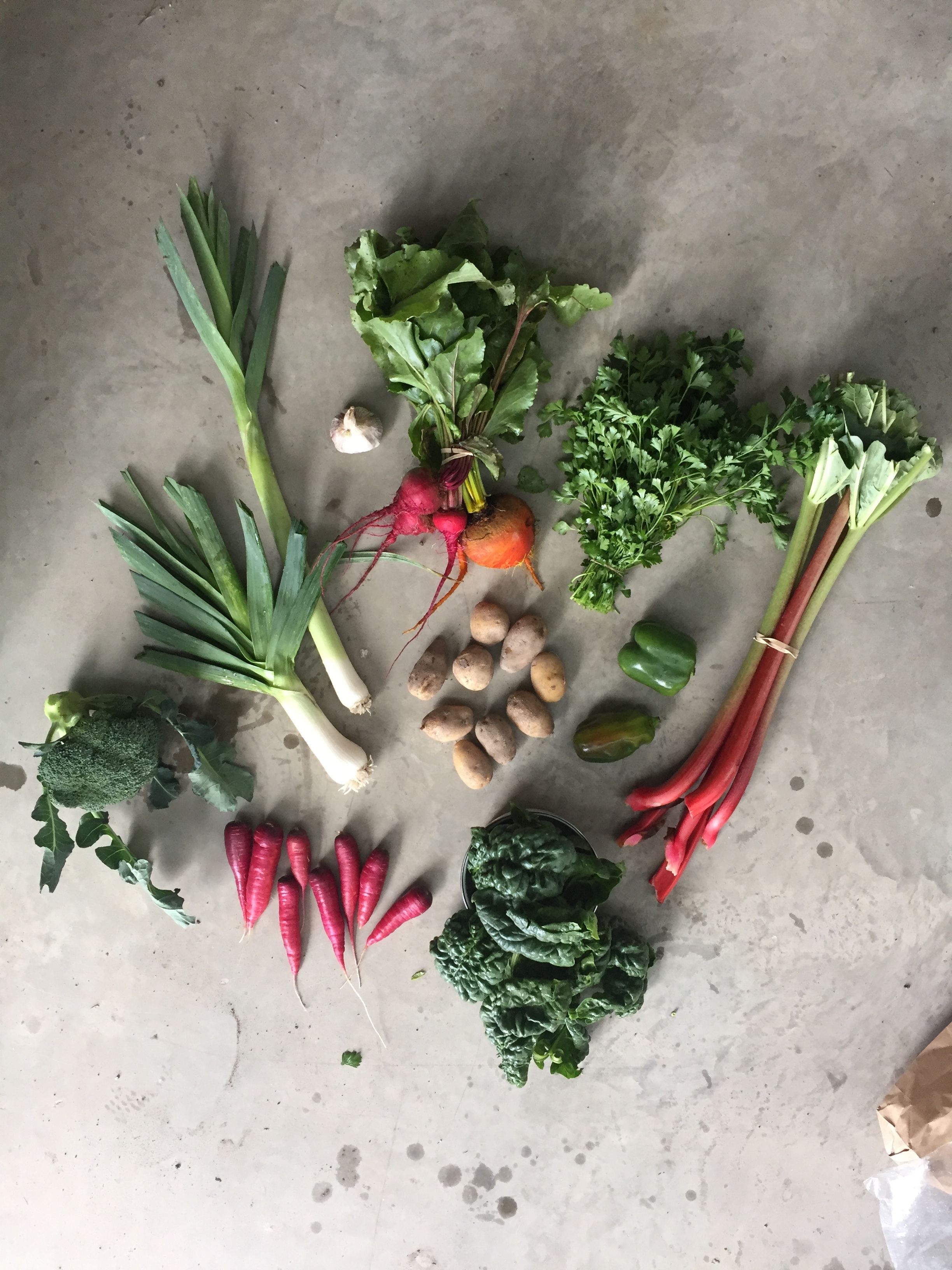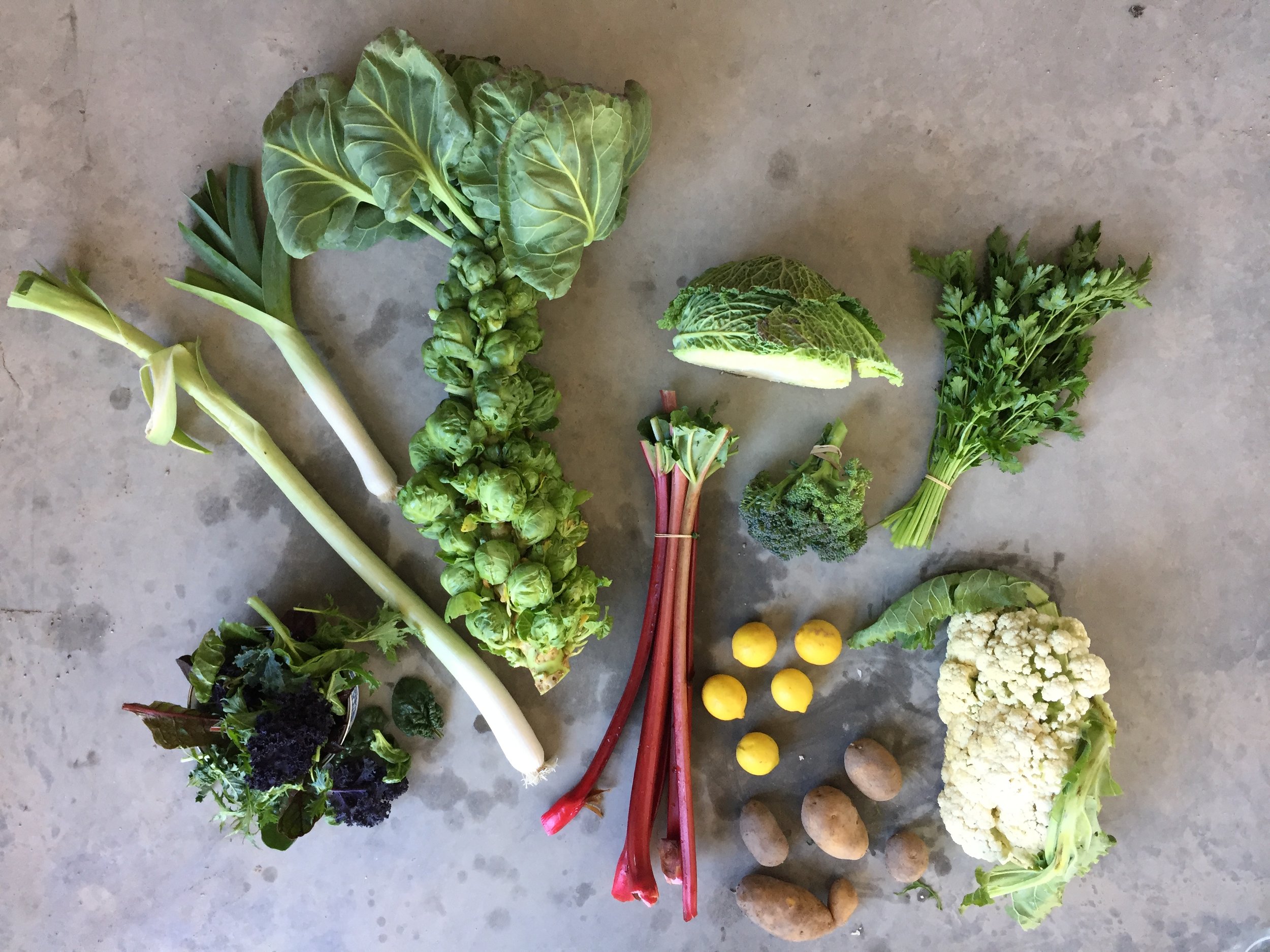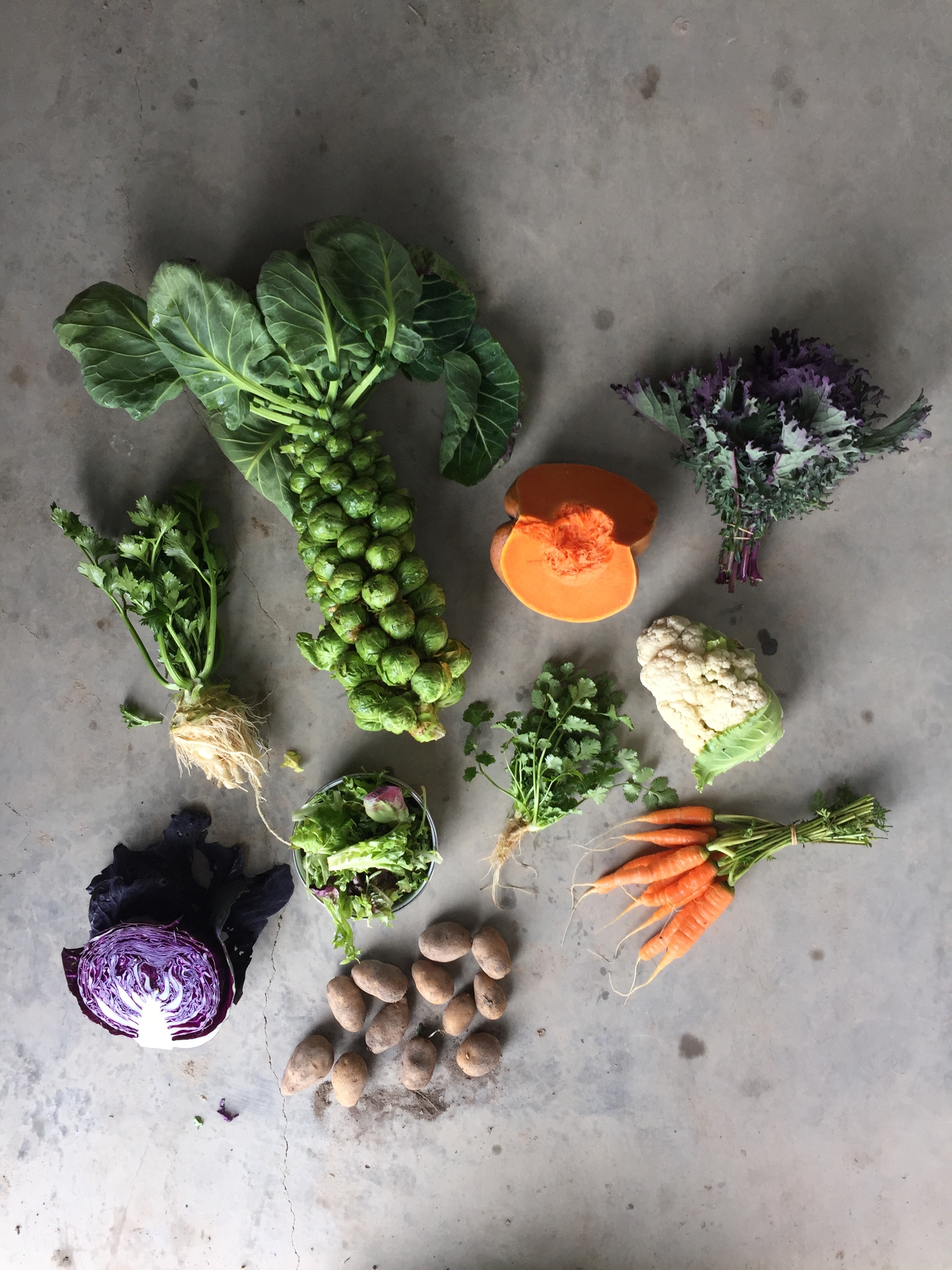Almost 40% of fruit and veg grown in Australia is wasted. Lets not make your produce just another statistic!
SOME STORAGE TIPS AND TRICKS TO GET THE BEST LIFE OUT OF YOUR RADveg ::
Separate fruit and vegetables in storage :: Separate ethylene producing items from ethylene sensitive items for storage. In general, fruits give off more ethylene than vegetables and vegetables are more sensitive to the harmful effects of ethylene.
Two crisper bins is always best and you should use one crisper bin for fruits and the other for vegetables best as possible. Decayed or damaged produce will produce much higher levels of ethylene than normal. In addition, mold and fungal spores can easily transfer from one piece to another. The purpose of taking the time to store your produce well, is the primary factor that will help prevent these issues AND wastage. It's always a good idea to use up all your produce either fresh or cook and freeze meals/items where needed and possible too.
Use sealed containers or plastic bags / bees wax / silicon wraps:: Most fresh produce requires humidity levels of 80-95% for best storage results but your refrigerator humidity level is only about 65%, so keep your produce in one of the above to stop them from dehydrating, particularly products like herbs and leafy greens and others that do not have an outer skin of their own.
Remove Excess Moisture :: All our produce is washed in rain water to reduce field heat and to remove away surface dirt, not to prepare for consumption. We do suggest washing before nourishment especially the delicate leafy greens. Vegetables need a certain amount of moisture to remain fresh as long as possible. However, too much moisture can shorten the storage of vegetables, especially lettuce, rocket, spinach leaves and other salad leaves. Brown spots may develop with excess moisture. We recommend rewashing (and catching any extra protein which slipped through to the keeper), spinning and storing in a storage container – the ones with the special drainage device is pretty ace.
Avoid the root shrivel :: By removing leafy tops from carrots, kohlrabi, parsnips, turnips and beetroot, their storage life can be extended to many weeks or even several months in the refrigerator. Then store the tops as you would leafy greens for a double crop bonus.
Not all produce needs the fridge :: Garlic, potatoes and onions for example should be stored in a cool dry place in the cupboard or pantry. Keeping potatoes this way avoids `greening' and sprouting; store in a strong paper bag, box or in a wire or plastic bin.
Tomatoes should be ripened at room temperature, away from direct sunlight. They ripen best in mildly warm temperatures, will be tastier and retain their nutrients (& develop more as they ripen naturally) if stored at room temperature AWAY FROM DIRECT LIGHT. When fully ripe, especially in hot weather, they may be stored in the refrigerator for several days. However, they will gradually lose flavour and some soft areas may develop in the flesh.
Herbs :: we store many a ‘erb in a glass of water on the bench :: just chance the water every few days they should last ages. It’s a great reminder to use them!
Skin is nutrient packed :: Many nutrients are concentrated just beneath the skin of vegetables and fruit. Avoid peeling them when you can. Even if you don't eat the skin, try to leave it on as the fruit or vegetable cooks to preserve nutrients. There is no need to peel our carrots, beets, potatoes – the only spray we use is the from the tap on harvest day!
PACKAGING :: We do our very best to avoid it
If you can remember to bring along a bag/boxes or laundry basket to unload your produce into at pick up that would be tops.
For any RADegg eaters we’ll have trays of eggs to refill your empty carton should you find your empty’s filling your sheds. Unfortunately, the regulations around food safety means we can’t reuse egg cartons, but you can, so pick-a-mix if you like.
Also we grow a number of loose leaf lines for mixes – salad leaves, braising mixes etc. We’ve had great feedback from our customers as to how they enjoy them, but packaging has been a dilemma. After unsuccessful trails of re-usable mesh bags and a plant based cellophane product, we’ve settled with these ‘bio-bag's’. 'Bio' meaning w the right biology they break down via the organic waste management steam from the town green bin collection... BUT we’re a little skeptical about what they ‘break-down’ into. What we do like about them is they’re sturdy, so we’ve found they can be re-used multiple times in your home (sorry we can’t re-pack greens into them). While we continue to keep our eyes and ears open for a better solution, if you so wish, we are more than happy to swap containers with you. If you bring us a container with your name on it, we’ll refill and at each pick up swap your full one with another empty. Easy done.

